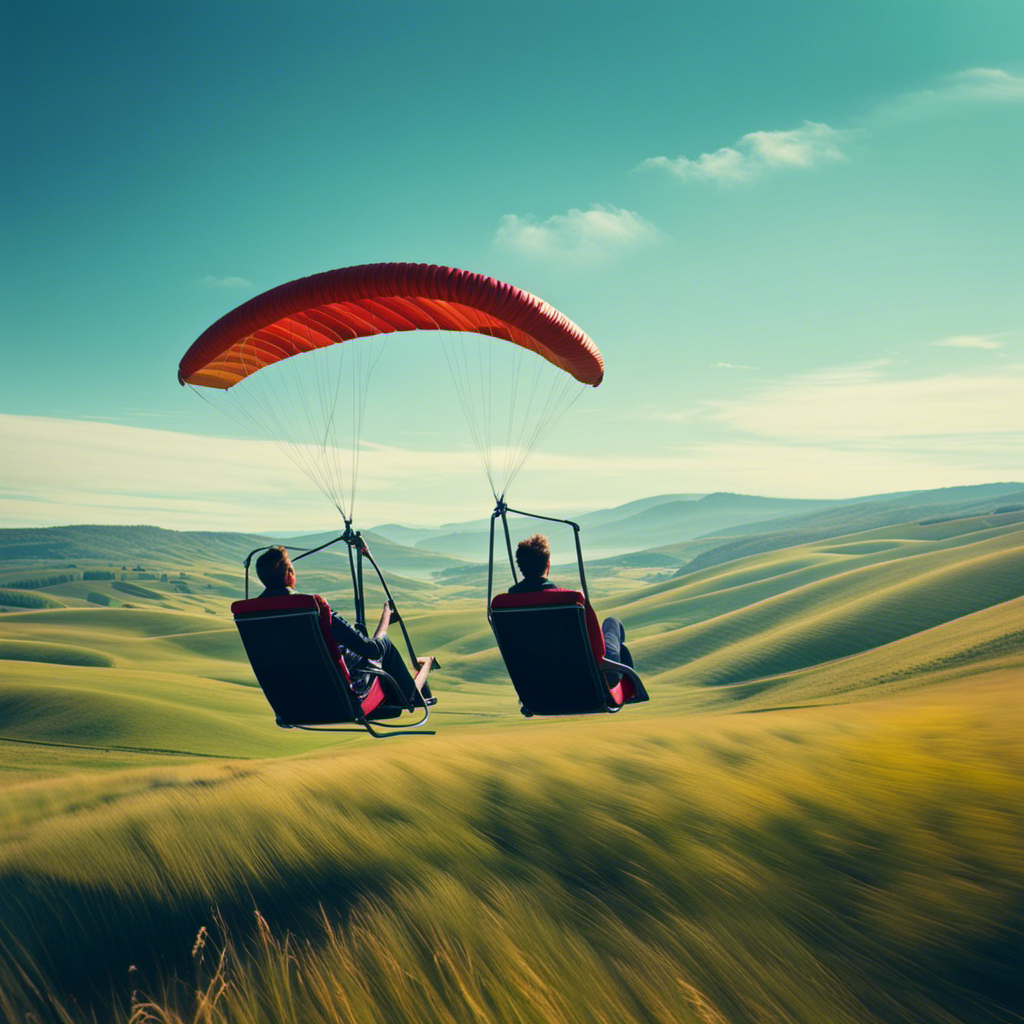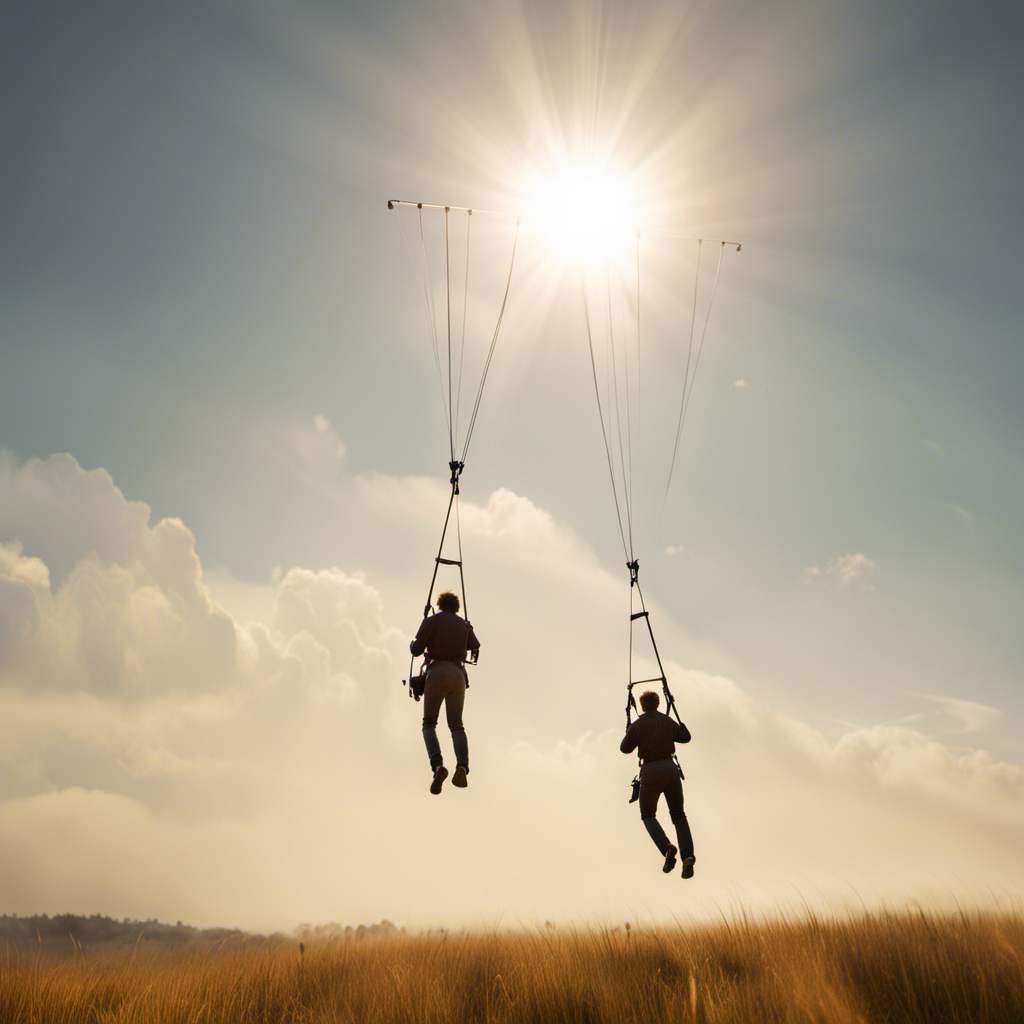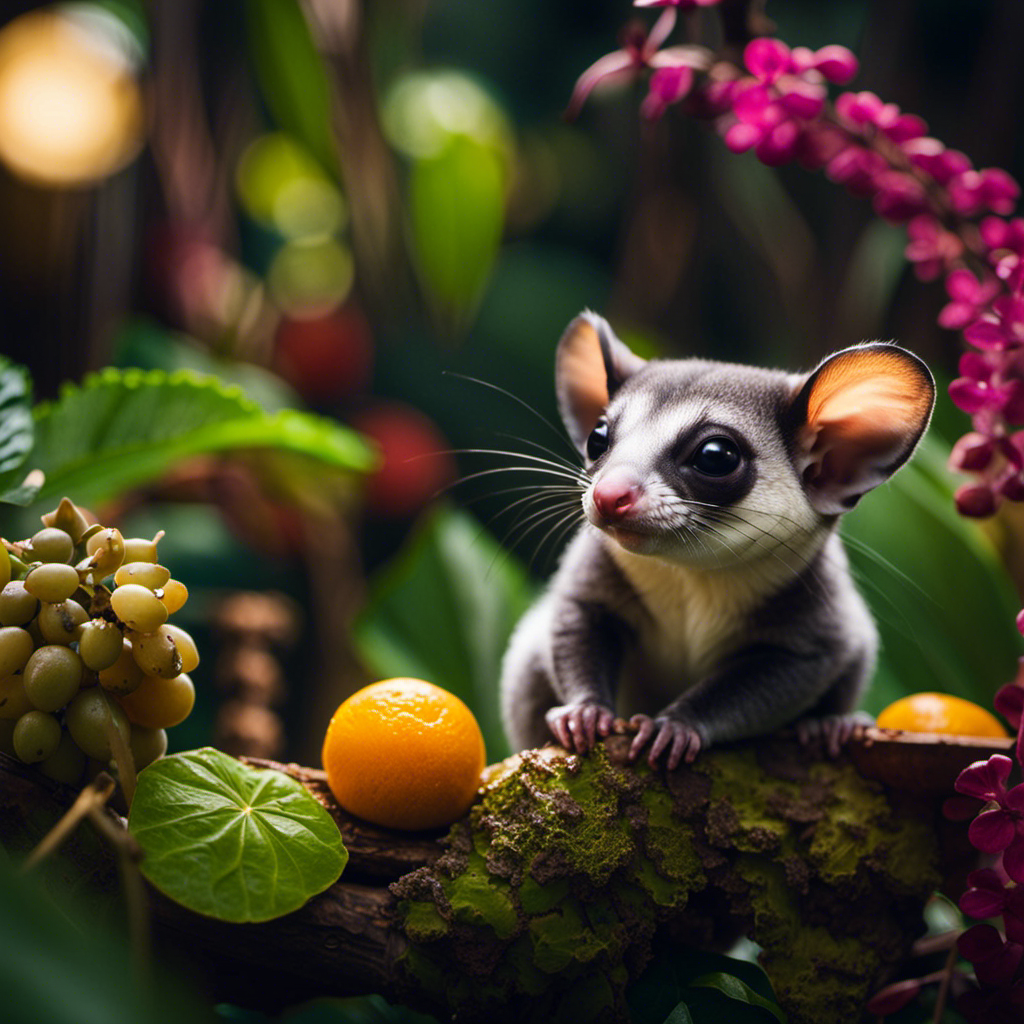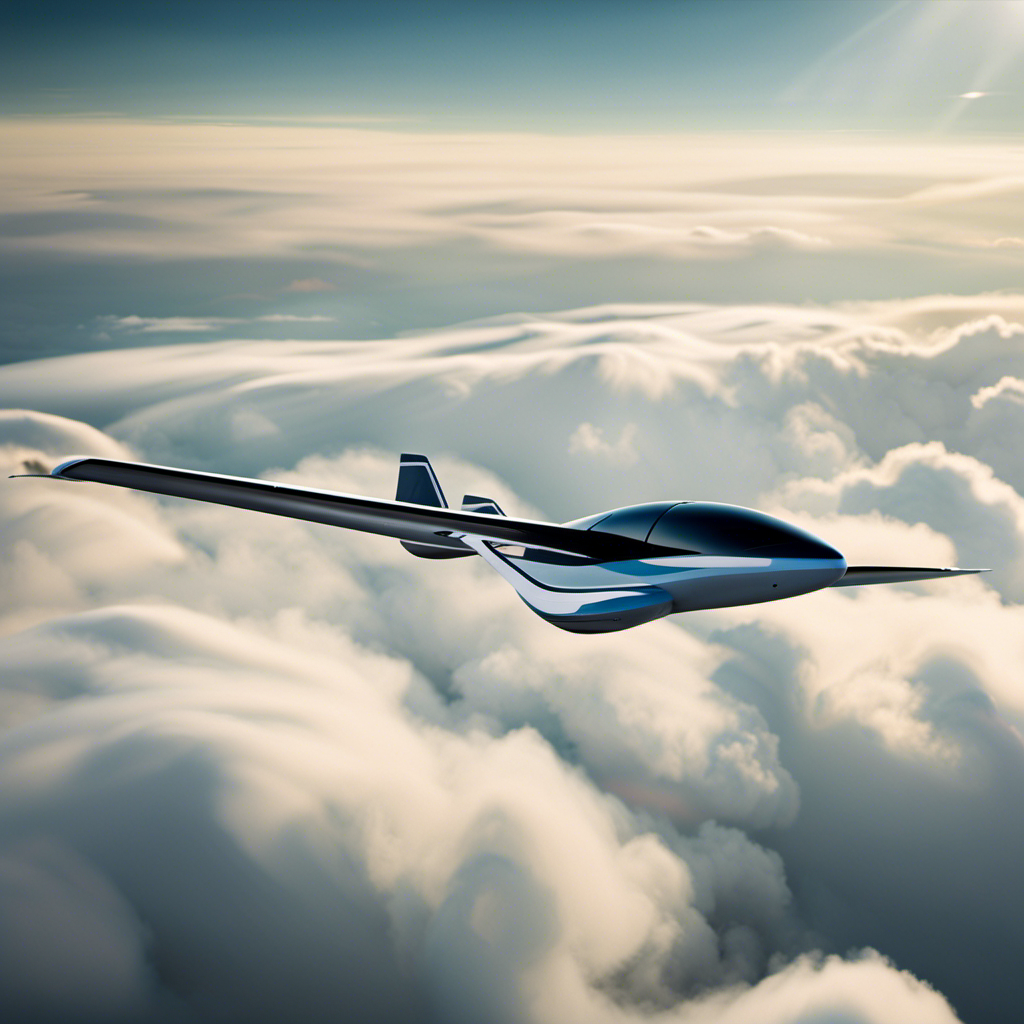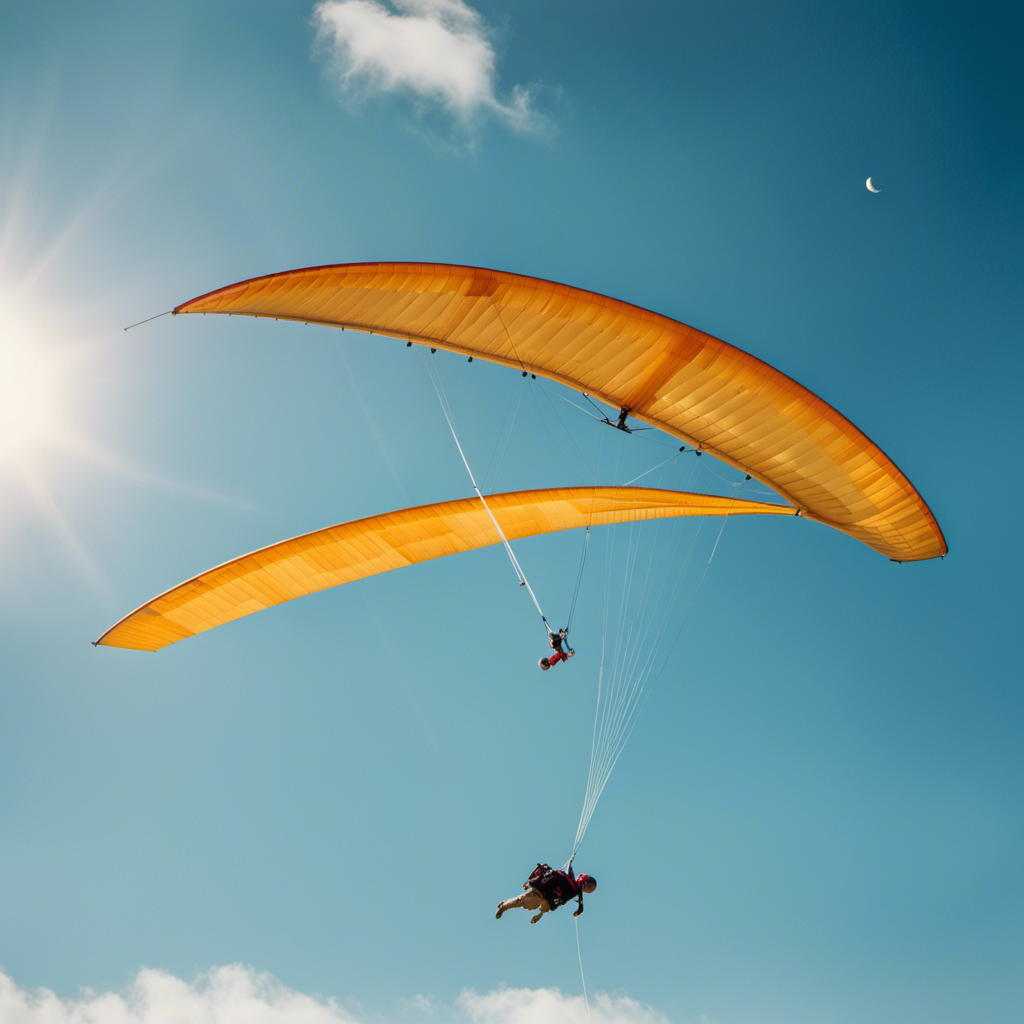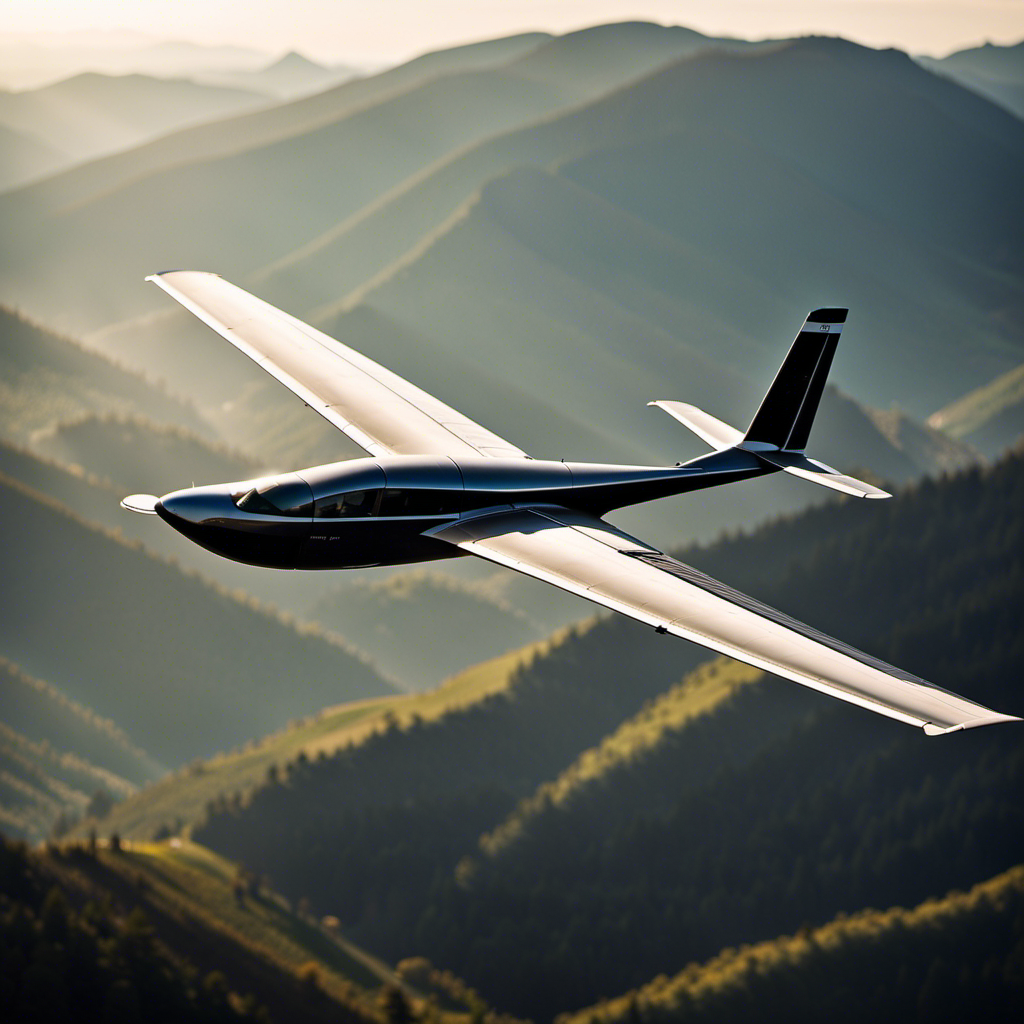As a passionate glider pilot, I vividly remember the excitement of my first flight in a two-seater glider. The sheer joy of soaring through the sky, next to another thrill-seeker, was a special and unmatched experience.
In this comprehensive guide, we will delve into the history, construction, and control of two-person gliders. Additionally, we will explore the essential steps to prepare for a safe and successful flight, as well as highlight popular destinations for this thrilling aerial pursuit.
Join me on this journey as we uncover the captivating world of two-person gliding.
Key Takeaways
- Effective communication is crucial for coordination, safety, and an enjoyable gliding experience.
- The Majestic Alps in Europe, the American Midwest, the Grand Canyon, and the Swiss Alps are popular destinations for two-person gliding.
- Glider flights offer breathtaking views in locations such as the Grand Canyon, mountainous landscapes, coastal regions, the Swiss Alps, and the Big Sur coast.
- Gliding presents thrilling challenges like navigating narrow valleys, soaring over the ocean, adapting to weather conditions, overcoming technical obstacles, and mastering various techniques.
History and Evolution of Gliders
The history and evolution of gliders can be traced back to the early 19th century. Gliders have undergone significant evolutionary advancements since their inception.
One notable milestone was the introduction of controlled flight, achieved by Otto Lilienthal in the late 19th century. Lilienthal’s aerodynamic research and glider designs paved the way for future innovations in aviation.
Another significant advancement came with the Wright brothers’ successful powered flight in 1903. Their glider, equipped with an engine, marked a turning point in the history of aviation.
Notable glider pilots such as Lilienthal and the Wright brothers played a crucial role in pushing the boundaries of glider design and flight capabilities.
These early pioneers set the stage for the subsequent introduction of two-person gliders, which allowed for shared flight experiences and enhanced training opportunities.
Introduction to Two-Person Gliders
Welcome to your ultimate introduction to flying with a partner in the amazing world of gliding! When it comes to two-person gliders, the equipment plays a vital role in ensuring a safe and enjoyable experience.
These gliders are specifically designed to accommodate two individuals, with a spacious cockpit and dual control systems. The benefits of two-person gliding are numerous.
Firstly, it allows for shared experiences and the opportunity to learn from one another. Additionally, having a second person onboard provides an added level of safety and allows for better decision-making during flight.
Understanding glider construction is essential to fully grasp the intricacies of these incredible machines. With a deeper understanding of glider construction, we can appreciate the engineering marvels that allow us to soar through the skies effortlessly.
Understanding Glider Construction
Understanding glider construction is crucial in order to fully comprehend the intricacies of these incredible flying machines. Glider design is a delicate balance of weight, strength, and aerodynamics principles.
The construction begins with a sturdy yet lightweight frame, usually made of materials like aluminum or carbon fiber. The wings are carefully designed to provide lift and minimize drag, with a specific airfoil shape that generates the necessary upward force.
The tail section consists of a horizontal stabilizer and a vertical fin, which help with stability and control. To enhance performance, gliders are often equipped with spoilers, flaps, and ailerons that allow for precise control during flight.
Understanding the nuances of glider construction is essential for pilots to fully appreciate the engineering marvel that enables these aircraft to soar through the skies effortlessly.
As we delve further into preparing for a two-person glider flight, it is important to understand the key aspects of glider construction that contribute to a safe and enjoyable experience.
Preparing for a Two-Person Glider Flight
When preparing for a two-person glider flight, it’s important to familiarize yourself with the necessary safety procedures and communication protocols. Before getting in the glider, I make sure to conduct a thorough pre-flight inspection, checking the control surfaces, cables, and instruments for any signs of damage or malfunction.
I also ensure that the glider is properly equipped with a parachute, emergency locator transmitter, and first aid kit. Communication is crucial during the flight, so I review the radio frequencies and practice using the intercom system with my co-pilot.
We establish a clear plan for hand signals and emergency procedures, ensuring we are both on the same page. With all the necessary preparations complete, I feel confident and ready to take control of the two-person glider and soar through the skies.
Controlling a Two-Person Glider
To control a two-person glider, it’s essential to have a firm grasp of the aircraft’s flight controls and their corresponding functions. When it comes to controlling techniques, there are a few key points to keep in mind:
- Use the control stick to manipulate the elevators, which control the glider’s pitch or angle of ascent and descent.
- Utilize the rudder pedals to control the glider’s yaw, allowing you to steer left or right.
- Employ the ailerons, located on the wings, to control the glider’s roll, enabling you to bank left or right.
- Master the use of the airbrakes or spoilers, which can be deployed to increase drag and reduce speed during descent.
These controlling techniques should be practiced and refined to ensure a smooth and controlled flight.
Additionally, it is crucial to always prioritize safety precautions. Now, let’s transition to the subsequent section where we will discuss the various safety measures and emergency procedures that every two-person glider pilot should be familiar with.
Safety Measures and Emergency Procedures
Make sure you familiarize yourself with the safety measures and emergency procedures necessary for a safe and successful flight in a two-person glider. In the event of an emergency landing, maintaining calm and following the correct procedures is crucial.
Firstly, assess the landing area for any obstacles such as trees or power lines. Once on the ground, secure the glider to prevent it from rolling or tipping over. If there are injuries, administer first aid procedures according to your training, such as checking for breathing and controlling bleeding. It is important to have a well-stocked first aid kit on board.
Transitioning into the next section about choosing the right gliding school or club, it is vital to select an institution that prioritizes safety and provides proper training.
Choosing the Right Gliding School or Club
Before choosing a gliding school or club, it’s important to research their safety record and training programs. When it comes to glider safety precautions, finding the best glider instructors is crucial. Here are some key factors to consider:
-
Safety Record:
- Look for a school or club with a strong safety record and a low accident rate.
- Check if they follow strict maintenance and inspection protocols for their gliders.
- Inquire about their emergency procedures and how they train pilots to handle unexpected situations.
-
Training Programs:
- Ensure that the school or club offers comprehensive training programs for both beginners and advanced pilots.
- Look for instructors who are experienced, certified, and well-versed in glider operations.
- Find out if they provide theoretical and practical training sessions to enhance your skills.
Tips for a Successful Two-Person Glider Experience
When planning for a successful gliding experience, it’s important to communicate effectively with your partner. Clear and concise communication is crucial for glider safety and ensuring a smooth flight.
Before taking off, it’s essential to thoroughly inspect the glider for any signs of wear or damage. Regular glider maintenance is key to preventing any potential issues mid-flight.
As the pilot, it’s important to be aware of the glider’s weight limits and ensure that both you and your partner are within the recommended range.
During the flight, constant communication with your partner is necessary for coordinating movements and maneuvers. Effective communication will allow for a synchronized and enjoyable gliding experience.
Now, let’s explore popular two-person gliding destinations, where you can put these tips into practice.
Exploring Popular Two-Person Gliding Destinations
As an experienced glider pilot, I’ve had the privilege of exploring some of the most breathtaking scenic locations for glider flights around the world.
From soaring over the majestic Alps in Europe to gliding above the vast plains of the American Midwest, these locations offer a truly awe-inspiring experience.
Additionally, for those seeking a more competitive edge, gliding competitions and events provide an opportunity to showcase skills and connect with fellow enthusiasts in a thrilling and challenging environment.
Scenic Locations for Glider Flights
If you’re looking for scenic locations for glider flights, you can’t go wrong with the stunning views offered by the Grand Canyon. With its vast expanse and towering cliffs, the Grand Canyon provides an unparalleled experience for gliding enthusiasts.
But the Grand Canyon is just one of many incredible destinations for glider flights. Mountainous landscapes and coastal regions also offer breathtaking views and challenging flying conditions. Places like the Swiss Alps and the Big Sur coast in California provide a unique combination of natural beauty and thrilling gliding opportunities.
These locations not only offer picturesque landscapes but also present exciting challenges for glider pilots. From navigating through narrow valleys to soaring over the shimmering ocean, gliding in these areas is an unforgettable experience.
Now, let’s delve into the world of gliding competitions and events, where skilled pilots showcase their abilities and compete for glory.
Gliding Competitions and Events
Competitors from around the world gather at gliding competitions and events to showcase their skills and compete for glory. These events serve as a platform for pilots to demonstrate their expertise in various gliding techniques.
From ridge soaring to thermalling, pilots employ a range of strategies to maximize their flight time and distance. Gliding competitions not only test a pilot’s ability to read the weather conditions and make accurate decisions, but they also provide an opportunity for pilots to learn from each other and improve their skills.
The benefits of gliding competitions extend beyond personal growth; they also contribute to the advancement of gliding as a sport. By pushing the boundaries and exploring new techniques, pilots inspire innovation and drive the future of two-person gliding towards exciting possibilities.
The Future of Two-Person Gliding
The future of two-person gliding looks promising with advancements in technology and increased interest in recreational aviation. As we look ahead, there are several key areas to consider in order to fully understand the potential advancements and challenges that lie ahead:
-
Technological Innovations: The gliding industry is witnessing a rapid evolution in technology. From the development of advanced materials to the integration of cutting-edge avionics systems, future two-person gliders will undoubtedly benefit from these innovations.
-
Enhanced Safety Features: Safety remains a top priority in gliding. With the incorporation of advanced safety features such as collision avoidance systems and improved emergency recovery mechanisms, the future of two-person gliding will be even safer.
-
Increased Efficiency: Future advancements will focus on improving the efficiency of two-person gliders. This includes developing more efficient propulsion systems, optimizing aerodynamics, and reducing overall energy consumption.
-
Environmental Sustainability: As the world becomes more environmentally conscious, the future of two-person gliding will also prioritize sustainability. This involves exploring alternative fuels, reducing emissions, and adopting eco-friendly manufacturing processes.
While the future of two-person gliding holds immense potential, there are also challenges to overcome. These include regulatory issues, pilot training requirements, and the availability of suitable infrastructure. However, with the collective efforts of the gliding community and advancements in technology, the future of two-person gliding is indeed bright.
Frequently Asked Questions
How long does it take to become proficient in flying a two-person glider?
On average, it takes several months of necessary training to become proficient in flying a two-person glider. This training involves learning aerodynamics, navigation techniques, weather patterns, and honing the necessary skills for safe and efficient glider operation.
What are the weight restrictions for passengers in a two-person glider?
Weight limitations and safety precautions are crucial when flying a two-person glider. It’s important to adhere to the specified weight restrictions to ensure a safe and balanced flight.
Are there any age restrictions for flying in a two-person glider?
There are age restrictions for flying in a two-person glider. It is recommended that the pilot and passenger be at least 14 years old. Safety precautions include wearing proper safety equipment and following all flight regulations.
Can I bring a camera or other personal belongings on a two-person glider flight?
Yes, you can bring a camera on a two-person glider flight. However, there may be restrictions on the type and size of camera allowed for safety reasons. It is important to follow all safety precautions.
What is the average cost of a two-person glider flight?
The average cost of a two-person glider flight depends on various factors such as location, duration, and additional services. Popular destinations for these flights include scenic mountain ranges and coastal areas with breathtaking views.
Conclusion
In conclusion, the two-person glider is a remarkable aircraft that offers a unique and exhilarating flying experience. As I soared through the skies, feeling the wind beneath my wings, I couldn’t help but be amazed at the precision and craftsmanship that goes into constructing these gliders.
The gliding community is thriving, with more and more people embracing this thrilling sport. Just like a glider effortlessly rides the air currents, the future of two-person gliding is set to soar higher, reaching new heights of innovation and excitement.
With a heart that soars as high as the skies, Aria, affectionately known as “Skylark,” is the driving force behind Soaring Skyways. Her journey into the gliding world began as a young dreamer gazing up at the soaring birds, yearning to experience the weightlessness and freedom they embodied. With years of experience both in the cockpit and behind the scenes, Aria’s commitment to the gliding community is unwavering.
